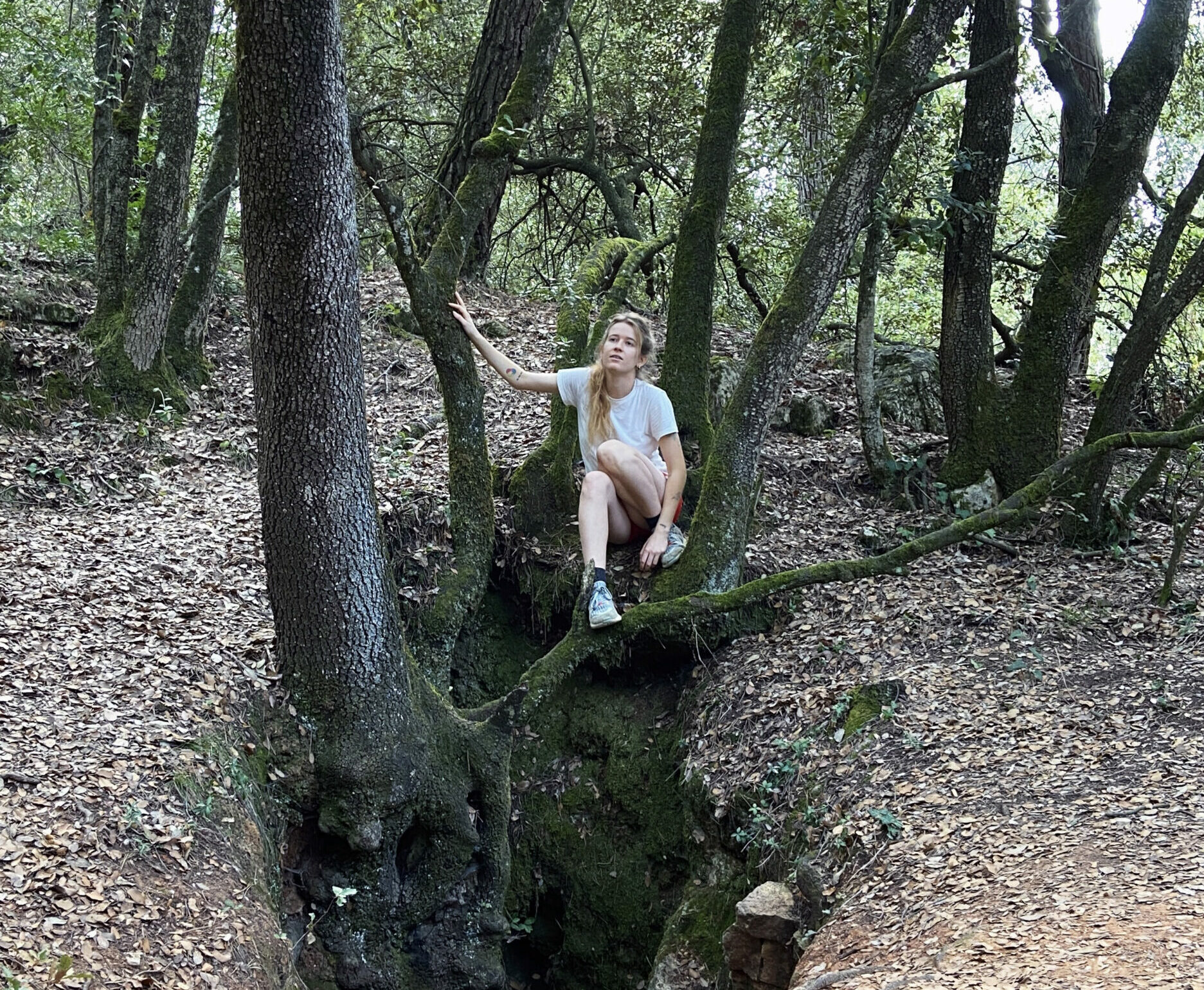Search
To search for an exact match, type the word or phrase you want in quotation marks.
A*DESK has been offering since 2002 contents about criticism and contemporary art. A*DESK has become consolidated thanks to all those who have believed in the project, all those who have followed us, debating, participating and collaborating. Many people have collaborated with A*DESK, and continue to do so. Their efforts, knowledge and belief in the project are what make it grow internationally. At A*DESK we have also generated work for over one hundred professionals in culture, from small collaborations with reviews and classes, to more prolonged and intense collaborations.
At A*DESK we believe in the need for free and universal access to culture and knowledge. We want to carry on being independent, remaining open to more ideas and opinions. If you believe in A*DESK, we need your backing to be able to continue. You can now participate in the project by supporting it. You can choose how much you want to contribute to the project.
You can decide how much you want to bring to the project.

Sunlight pours from all over the Sun. A Sun adorned with twirling and whirling concentric rings that draw closer to one another, like a mirage. Suddenly, the Sun turns white. It grows and expands until it envelopes everything with its blinding light. White. White. Pink. White. Black, blue, red, pink, green, blue, yellow, and so white, such a white Sun, forever at the center, lighthouse, like an anchor, like a sign. Out of nowhere, a shroud of black smoke surrounds it, enfolds it, encircles it completely, causing the start to spin and spin, rapidly, swiftly, ceaselessly, to the left, to the right, to the left. So, maybe a mirage, yes, or a miracle. And then, the Sun turns black.
Albert Gironès (Valls, 1995) climbed up Miramar, the magic mountain in Valls, on October 14th, 2022. Sitting on his usual rock, he contemplated the Sun for a while. And, unexpectedly, witnessed a miracle. Although, it could have been a hallucination, or a vision. It is hard to say. However, that day, he certainly saw the Sun turn white and black with his own eyes. He saw it spin like a record. He saw the sky turn blue, red, pink, green, yellow… Then, Gironès decided to start his research. Research that would possibly lead to understanding, uncovering the mystery of what he had witnessed. He found that in 1917, thousands of people had experienced something similar in Fátima, Portugal, deemed consequence of the apparition of the Virgin Mary. ‘The Miracle of the Sun’ is the term commonly used to describe this vision, referencing the Marian appearances witnessed throughout the entire European continent.
One of these appearances is known to have taken place in the Apparition Mountain of Medjugorje, Bosnia and Herzegovina. Following his divine experience, he recalled a story his grandmother Carme once told him: a friend of hers had traveled to Medjugorje to try to see the Virgin Mary herself. Gironès, then, decided to do the same thing. He packed his suitcase and headed there to investigate such an extraordinary phenomenon. He learned that scientific explanations had a different approach. It was rather considered a hallucination resulting from staring at the Sun for prolonged periods of time. When facing light as intense as sunlight, the human eye can neither focus nor discern objects in close proximity. Instead, the brain generates fictional images as a defensive mechanism, in response to possible danger. Said mechanism is unconscious and only apparent in human eyesight, hence it is also, unregistrable.
From this research, and the tension between science, religion, and his personal experience, the artist created El miracle del Sol (The miracle of the Sun); in exhibition at the Capella del Carme in Palamós, from October 1st to November 19th, 2023. Following his awarding of the first Ezequiel Torroella Art Biennial, together with curator Montse Badia, the artist shares a collection of pieces resulting from his research in Medjugorje.
As you enter the venue, in the background, an underlying, disturbing sound announces something. Popular and scientific tales regarding the miracle of the Sun fill the room. A collection of videos of the star in an unusual form plays on a loop. And, at the very back, the occasional projection of a 16 mm movie, recorded in Medjugorje while Gironès witnessed the miracle, only viewed by those few lucky ones. It includes a layer, painted by hand, of what he actually saw. White. White. Pink. White. It is an attempt, like the entire exhibition, to recreate what cannot be recreated, an apparition, a hallucination, an extraordinary phenomenon. The marvelous event, the transcendental experience, lived and perceived but neither understood nor explained.
Gironès tails a mystery forever to remain unsolved, when the marvelous, the unusual, and the incomprehensible cross his path. He researches how we mold our social imaginary, focusing on personal, intimate, and simple aspects, such as stories told by his father or tales passed down from his grandmother. To decipher how our beliefs – religion, science, superstition, myth – shape how we view and understand the world. Gironès’ work is modest but profound, like an echoing voice coming from the deepest darkness and whispers, because regardless of its volume, it will be heard.
[Featured Image: Exhibition picture by Albert Gironès].

teresa w (Barcelona, 1995) is a fairy ・.*・。゚・.*・゚.。゚and an artist, curious and fascinated by the mysteries of social rites, founded Cercle de fades, the performance group she now belongs to. Cercle de fades is her utopia, the world she wants to live in, her astral family, her clan. Her area of expertise is rather abstract: she focuses on that which is sensitive and perceivable but cannot be voiced.
"A desk is a dangerous place from which to watch the world" (John Le Carré)